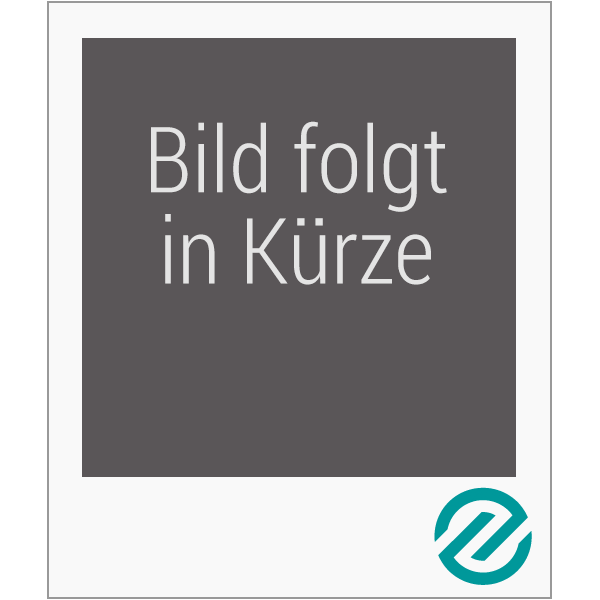"Linguistic Decision Making: Theory and Methods" is the first monograph which mainly deals with the interdisciplinary subject of computing with words, information fusion and decision analysis. It provides a thorough and systematic introduction to the linguistic aggregation operators, linguistic preference relations, and various models for and approaches to multi-attribute decision making with linguistic information. It also offers various practical examples with tables and figures to illustrate the theory and methods discussed. Researchers and professionals engaged in the relevant fields will find it a useful reference book.
Professor Zeshui Xu, senior member of the IEEE, works at the PLA University of Science and Techology, China.
Professor Zeshui Xu, senior member of the IEEE, works at the PLA University of Science and Techology, China.
From the reviews:
"The goal of this book is to describe a set of tools and procedures that can be applied in this situation. ... pattern of introducing a concept and following it with a worked example is used throughout the book. ... The book can also serve as a reference for techniques for working with multi-expert, multi-attribute decision making in those cases where the valuations are qualitative ... . The book is a valuable resource for anyone interested in formalizing a linguistic decision-making process." (J. P. E. Hodgson, Computing Reviews, July, 2013)
"This book is suitable for engineers, technicians and researchers in the fields of fuzzy mathematics, operational research, information science, management science, and systems engineering. It can be also used as a textbook for graduate students in the relevant professional institutions of higher learning." (Ivan Krivý, Zentralblatt MATH, Vol. 1260, 2013)
"The goal of this book is to describe a set of tools and procedures that can be applied in this situation. ... pattern of introducing a concept and following it with a worked example is used throughout the book. ... The book can also serve as a reference for techniques for working with multi-expert, multi-attribute decision making in those cases where the valuations are qualitative ... . The book is a valuable resource for anyone interested in formalizing a linguistic decision-making process." (J. P. E. Hodgson, Computing Reviews, July, 2013)
"This book is suitable for engineers, technicians and researchers in the fields of fuzzy mathematics, operational research, information science, management science, and systems engineering. It can be also used as a textbook for graduate students in the relevant professional institutions of higher learning." (Ivan Krivý, Zentralblatt MATH, Vol. 1260, 2013)

